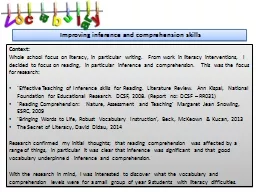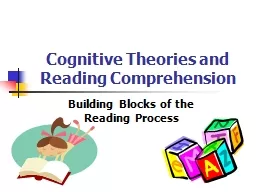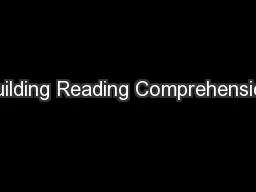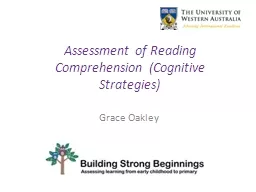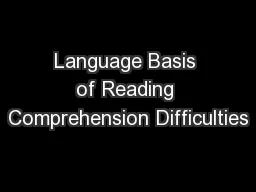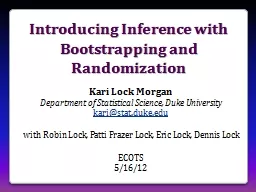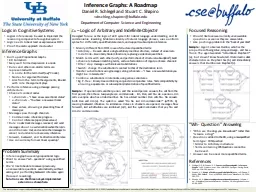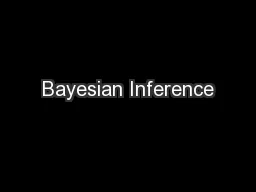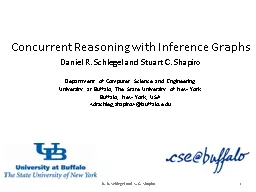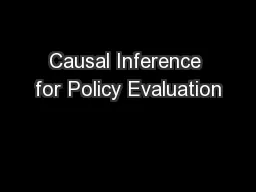PPT-Improving inference and comprehension skills
Author : southan | Published Date : 2020-06-17
Context Whole school focus on literacy in particular writing From work in literacy interventions I decided to focus on reading in particular inference and comprehension
Presentation Embed Code
Download Presentation
Download Presentation The PPT/PDF document "Improving inference and comprehension sk..." is the property of its rightful owner. Permission is granted to download and print the materials on this website for personal, non-commercial use only, and to display it on your personal computer provided you do not modify the materials and that you retain all copyright notices contained in the materials. By downloading content from our website, you accept the terms of this agreement.
Improving inference and comprehension skills: Transcript
Download Rules Of Document
"Improving inference and comprehension skills"The content belongs to its owner. You may download and print it for personal use, without modification, and keep all copyright notices. By downloading, you agree to these terms.
Related Documents

